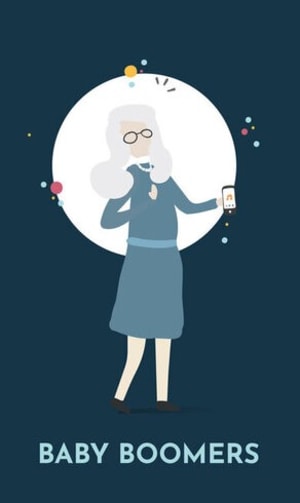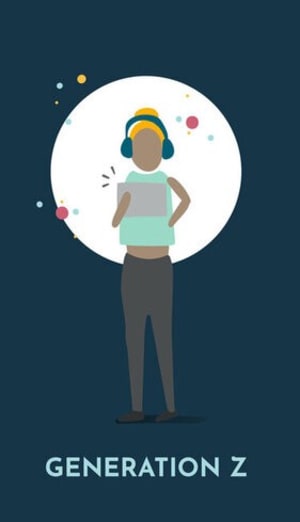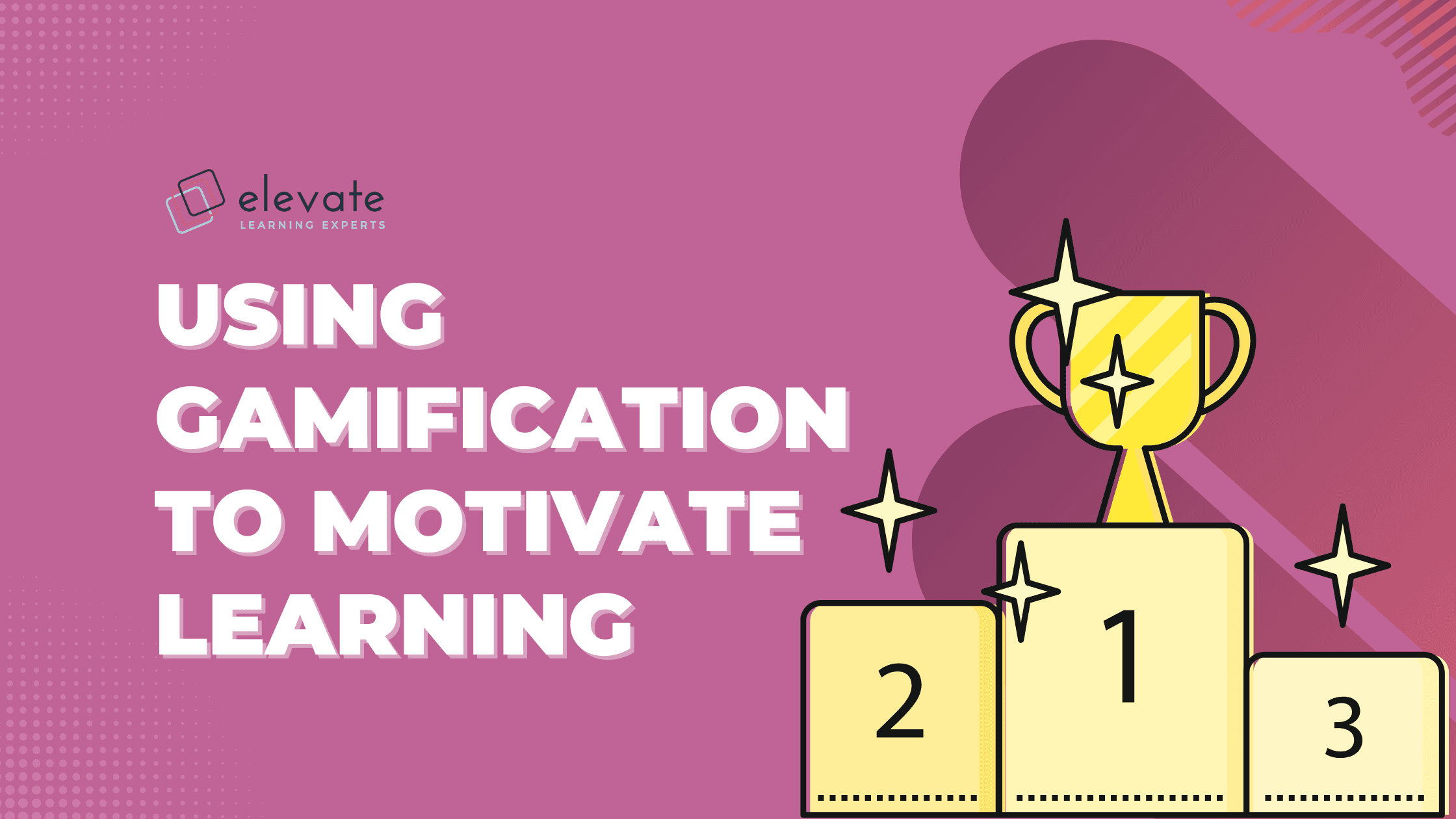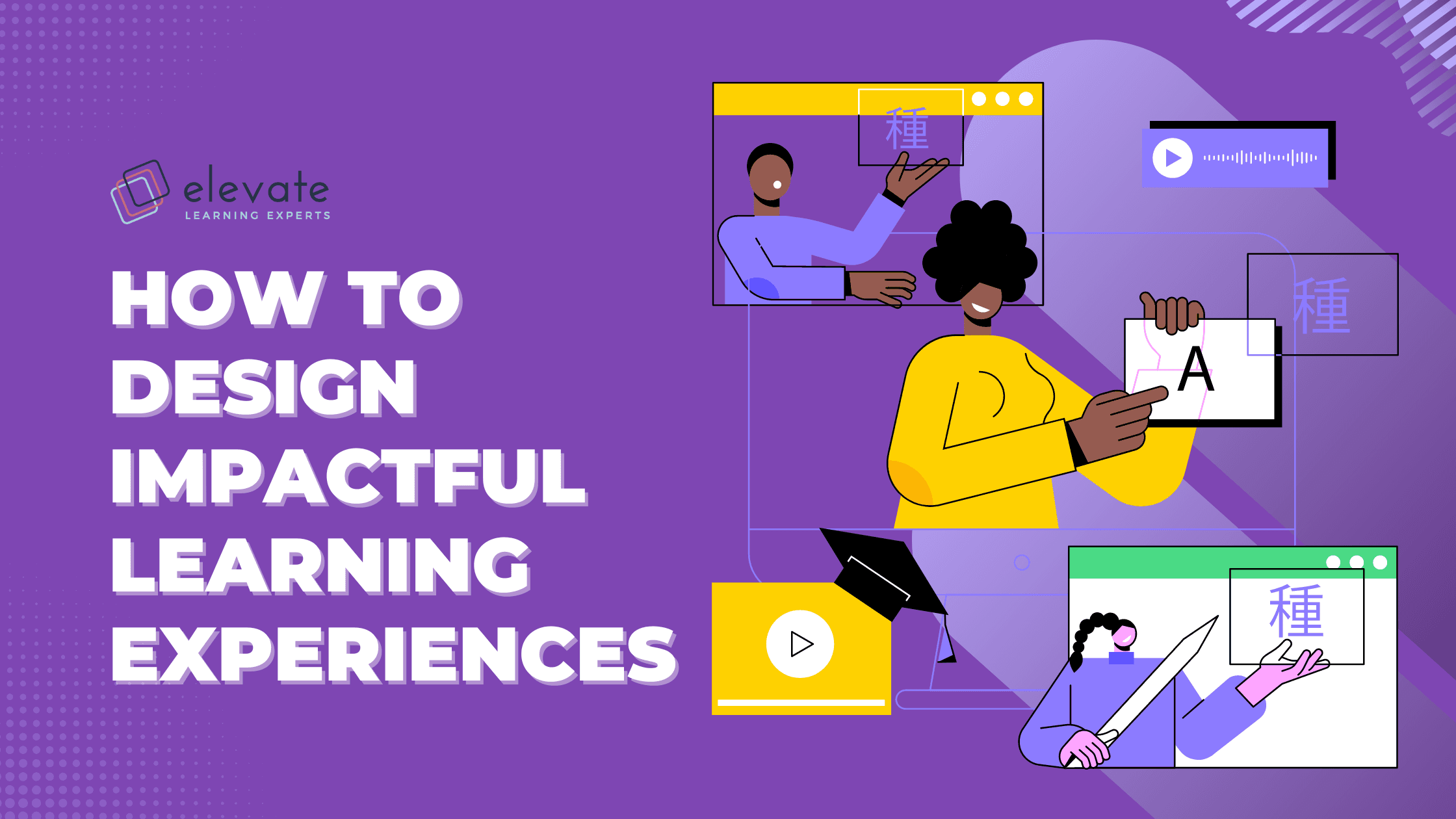
There are many factors that influence the success of a learning experience. Motivation, attention span, personal contexts, competency level, prior knowledge, and many other factors all have an impact on a student’s learning experience. Another factor that is critical when designing learning experiences for impact, and which is often overlooked, are generational learning preferences.
Organisations today reflect the widest age group in our history, the oldest generation turning 74 in 2020, and the youngest entering the job market at 18. Owing to vastly differentiated world views, learning contexts and experience, understanding learning motivations from this perspective will help learning experience designers to create impactful and uniquely bespoke learning programmes. Below is a broad outline and exploration of the generations, their learning preferences and the factors that motivate them to stay engaged and derive meaning from a learning experience.

The oldest generation currently in the workplace are the Baby Boomers. They were born between 1946–1964 and in 2020 will be between the ages of 56 and 74. The aspirations of this generation revolve mainly around job security and being able to provide both stability and financially for their families. As a post-war generation, the Baby Boomers seek security for retirement and later life stages, while maintaining a ‘head-down’ work approach during the career phases of life.
Baby Boomers view their careers as being defined by the organisations they are working for. They are loyal to the company they work for and take pride in spending their entire working life building their careers and climbing the ranks from within. Baby Boomers are driven by process and structure and look for peer and organisation-based recognition and prestige. Incentivising learning through simple tactics such as allowing them to mentor others, and to create opportunities for them to share their experiences will give them a sense of ownership over their learning process, particularly in a digital learning environment where there might be anxiety or resistance to change. Designing learning experiences for this generation, particularly digital training, learning and development practitioners should consider their preference for facilitated learning and training with structured practice time, tactical learning and hands-on activities.

Generation X’ers are born between 1965–1980. In 2020, this generation is between 40 and 50 years of age, and they make up the majority of the workforce in leadership or management positions. As opposed to the ‘work hard now and have a secure retirement’ perspective of the Baby Boomer generation, the Gen X group aspires to achieve a work/life balance. The prioritise learning that is self-directed and which allow them to learn at their own pace and in their own time.
This generation is generally loyal to their professions rather than to individual organisations, seeking to find a position in which their balance and achievement of both personal and professional goals can be found. Despite being digital immigrants, Gen X’ers have become competent in the use of technology as it has grown and become a necessity in life and work.
This generation appreciates a focus on learning outcomes, or what will they achieve by the end of the learning experience. They are unmotivated “touchy feely” teaching methods which call for personal reflection or journaling. They want to understand the practicality of what they’re learning about, and in this way, they prefer reality-driven or action-oriented teaching methods, with practical case studies and application to their own lives.

Millennials are born between 1981–1996 and will be between the ages of 23 and 39 in the year 2020. Broadly speaking, Millennials aspire to gain freedom and flexibility in their careers and lives, loyal neither to organisations nor professions. They view work as a collaboration towards goals, as opposed to working ‘for’ an organisation. They have little concern for traditional hierarchical structures and being able to make decisions collectively, irrespective of title.
This generation is complex, with one end of the spectrum having grown up without the Internet, and the other end having been immersed in it from an early age. The younger half of this generation, having been raised in the technology era, are motivated by a blend of education and entertainment, or, ‘edu-tainment’. This mode of learning works well when implemented using gamification tactics, and requires agile and flexible learning and content delivery.
This generational is invested in their personal growth and development, and similarly about the learning opportunities they need to achieve their goals. As such, learning should be goal-oriented and challenging in order to ensure successful engagement and retention.

Generation Z are currently between the ages of 10 and 22, having been born between 1997–2010. They are just entering the workforce and are fast decision-makers and multitaskers. They are inherently entrepreneurial and innovative, able to think both conceptually and logically, able to spot opportunities for impact with ease. This generation is highly connected and can collaborate digitally with ease.
Gen Z’ers learn best through social learning and from being personally mentored. They prefer to co-create on projects, decisions, and learning, and as such, learning experiences for this generation should be bite-sized, self-directed and relevant to their needs. For example, microlearning and experiential learning suit the Gen Z learning model well.
While it’s convenient to classify learners in next generational boxes, it’s important to emphasise that each presents a broad perspective of the general learning trends across the ages. Factors such as age, context, prior knowledge and experience as well as motivation and global community all influence the ways in which learning occurs for individuals in spite of the generational divide. We all have differing learning styles, motivations and aspirations to and for learning. With this in mind, learning experience design should appeal to the personal motivations of a wide audience, ensuring learning and organisational success in spite of differences between learners.
Designing identical learning experiences for individuals who are four generations apart might sound time consuming (read: costly), but with careful design of opportunities within your learning programme that appeal to the various generational learning preferences, you can create a seamless, yet powerful learning experience.

